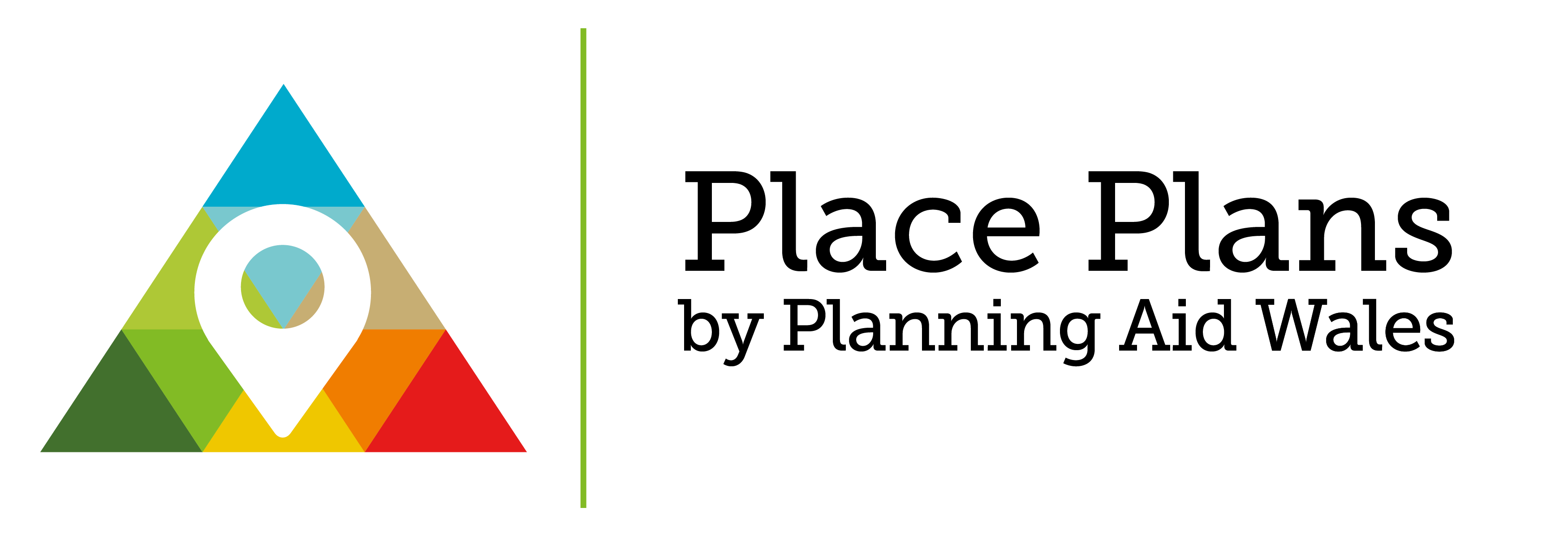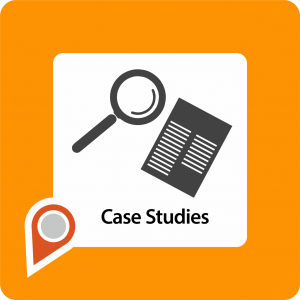Supporting communities in preparing and finishing a Place Plan

There are a number of toolkits in the Place Plan Toolbox to help communities find their way from start to finish.
As you will see, at present (it is likely to be added to over time) this first set covers some broad aspects of managing the preparation of a Place Plan, as follows:
- Project Management
- Funding
- Community Involvement
- Evidence Collection
- Plan Drafting
You may or may not ever get asked for advice on any of these, but it is probably worth a glance through them just to see what they cover, and certainly in advance of any conversation or meeting they have with you to discuss, for example, what really qualifies as evidence on historic character.
Most importantly, however, it would be really valuable to look at some of the general guides referenced in the Project Management Toolkit because these offer a really good overview of the whole plan preparation process. Your authority may already have its own version of one of these, in which case, be sure to have seen it and be sure each community uses it!
The second group of Toolkits follows up on the general guidance above. That general material is really valuable but people then always want to know, for example, ‘… but exactly how do I and some colleagues go out and assess a site as we are told we should?’. The topics covered in the community guidance (certainly a list to be added to later) include:
- Site assessment
- Site Briefs
- Character assessment
- Community Facilities
- Tourism
All these toolkits have been developed specifically for local people to use and all are now well-proven in formal planning settings. All toolkits can be adapted / tweaked by a Local Authority to make them locally specific (for example we would anticipate a Local Authority may want to tweak the Site assessment toolkit to set it within its wider sites allocations processes). By and large, local people can use these successfully, but it is also very likely that they would want to talk with you, partly for reassurance but often also about exactly what certain terms mean, whether all questions apply in their situation or not, and so forth. Once again, these would probably be brief conversations.
Other things you might want to consider….
Supporting communities with Place Plans can be achieved in different ways. But here are some other ideas you might want to consider:
- prepare a Place Plan web page on the local authority’s website to help inform communities on the place plan process and to signpost to other relevant resources.
- develop an advice note or guide on preparing Place Plans in your authority’s area (although there are number of good examples that you want to refer communities to instead).
- help provide or show where local level community data profiles can be found.
- provide maps or advice on where to get these.
- provide advice on drafting policies for the Place Plan and what LDP policies to be aware of.
Managing authority support
Organising to support
How best to manage the overall process is something that warrants team discussion, the establishment of some clear roles and responsibilities and perhaps the assembly of basic sets of information (including maps etc.). It will be valuable to consider how best to manage an efficient and resource-effective authority response.
The community guidance includes details for a contact person in the planning team in each of the Welsh authorities. This does not mean that this contact officer manages everything in relation to Place Plans. That person certainly needs to be identified, and it can be good to share round the role. They will more likely just be a first contact, so would probably then pass on any community person to another officer to deal with a specific query from that specific community. On that basis, several if not all in the planning team need to be aware of what is underway and be ready to take on the roles outlined earlier.
All that probably needs some written management notes but also some form of informal training. At the same time, this is new learning for all so it may be best to put some strictly interim procedures in place, then review and adapt after some experience.
Roles of other departments
As suggested above, although Place Plans are primarily something for planning teams to lead on and support, there are very likely to be times when communities will need information and support from people in other departments. This can be delicate – asking for time from others! – so it may be best simply to raise awareness with key senior people, wait until a few examples have been dealt with and then take stock and encourage others to do as you have done, i.e. to lay down some standard procedures and identify (and be sure to tell you about) key contact people.
Roles of elected members
On anything that is about community level action, your authority Councillors are absolutely key intermediaries. And, of course, some will also be Town or Community Councillors; a really natural link to develop.
Councillors can help to promote and explain Place Plans, they should be able to offer general advice (so should be encouraged to at least glance at all the guidance) and can help ease meetings, discussions and support on the various tasks.
Once again, some briefing/training for your Councillors would be invaluable.




